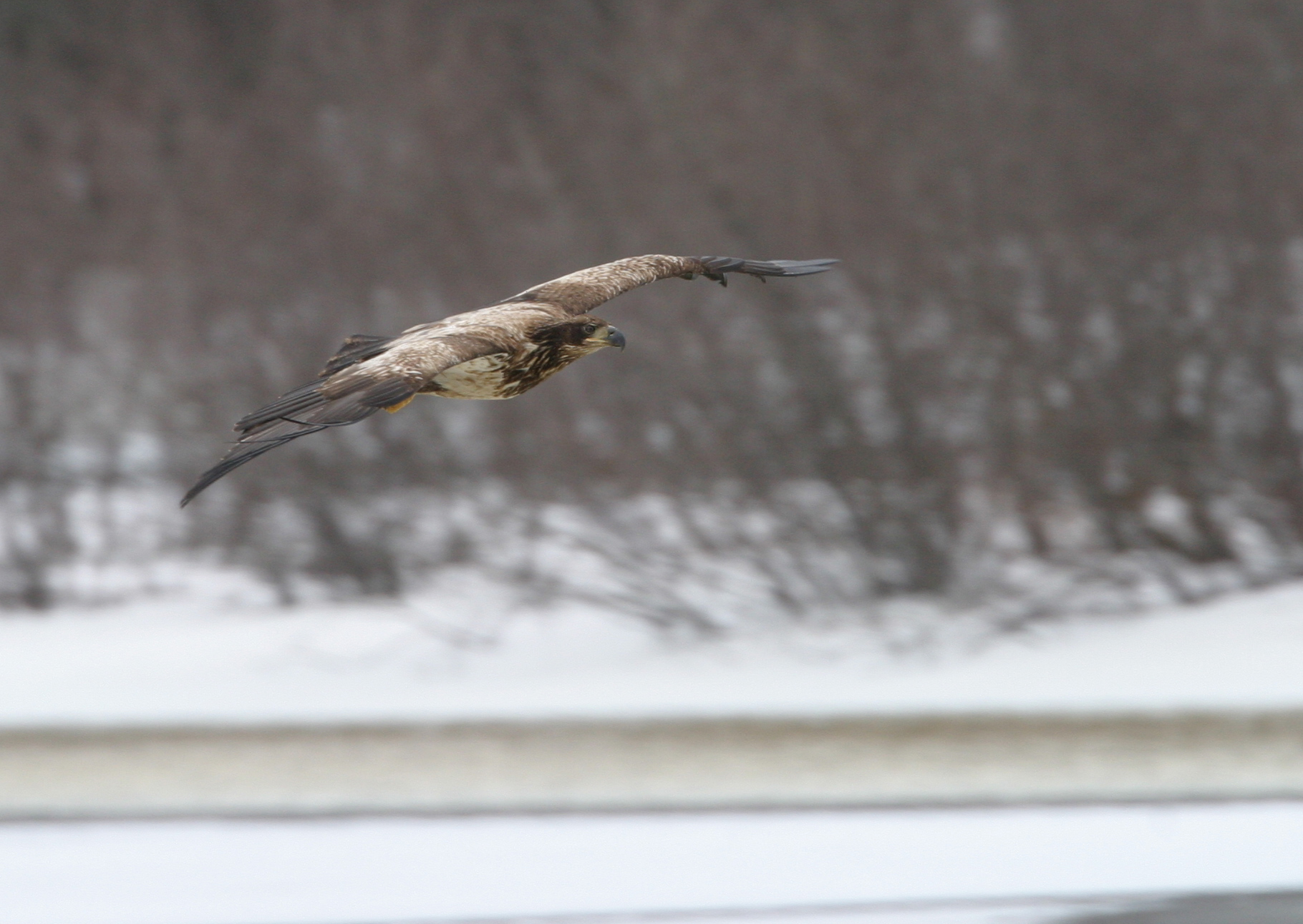
It’s Almost Time to Return to the Sky
(by Anita Fernandez) When Tina Morris was just a young student at Cornell Lab of Ornithology in Ithaca, NY, she embarked on a journey unlike anything most of us can

NH Audubon has been a leader in monitoring and management of New Hampshire’s Bald Eagle population since the 1980s. NH Audubon coordinated our state’s Midwinter Eagle Survey for 40 years from 1980 through 2020. When these one-day winter counts began, our volunteers typically found less than 5 individual eagles statewide. But during our final survey in 2020, we tallied over 100 eagles seen on the count for the first time! Over the years, we have also worked with land conservation groups to protect sensitive areas that eagles use as winter night roosts.
When Bald Eagles began to nest again in the Granite State in 1989 after a 40-yr hiatus, NH Audubon initiated management steps that increased the likelihood of breeding success. Our Conservation staff works with NH Fish & Game to advise private landowners on how best to manage eagle breeding sites on their property, installs metal predator guards on nest trees, and promotes reduced-disturbance buffer zones. We also work with wildlife rehabilitators and veterinary clinics to rehabilitate and release injured eagles back into the wild.
Currently, there are more than 100 territorial pairs of Bald Eagles in New Hampshire, and those numbers continue to rise. The Bald Eagle was removed from the federal Threatened and Endangered Species List in 2007, and from the New Hampshire T&E List in 2017. Volunteers can learn more about becoming involved in our ongoing monitoring and management efforts by contacting raptor specialist Chris Martin in the Conservation Department.
Project Leader: Chris Martin
NH Eagles Surpass 100 Breeding Territories! (NH Audubon Winter 2023-24 Afield)
Mid-winter Bald Eagle Survey Discontinued (New Hampshire Bird Records, Winter 2020-21)
NH Bald Eagle release and population recovery (NH Chronicle)
Influence of nesting Bald Eagles (Haliaeetus leucocephalus) on Common Loon (Gaviea immer) occupancy and productivity in New Hampshire (The Wilson Journal of Ornithology, 2019)

(by Anita Fernandez) When Tina Morris was just a young student at Cornell Lab of Ornithology in Ithaca, NY, she embarked on a journey unlike anything most of us can
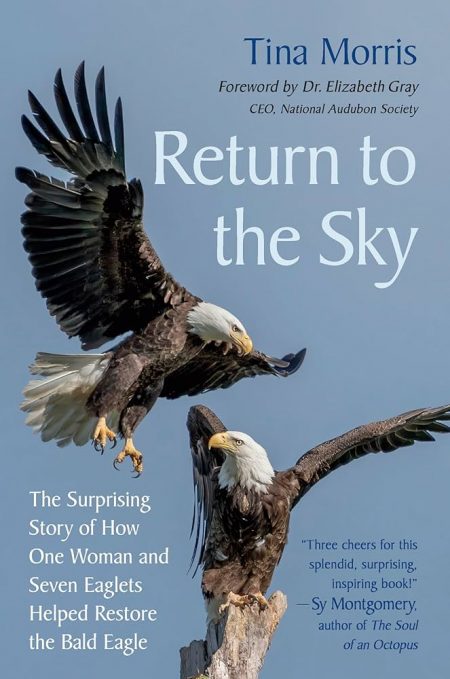
There’s one month until our second book club! Join us via Zoom for a discussion and analysis of Return to the Sky. In this book, writer Tina Morris tells about
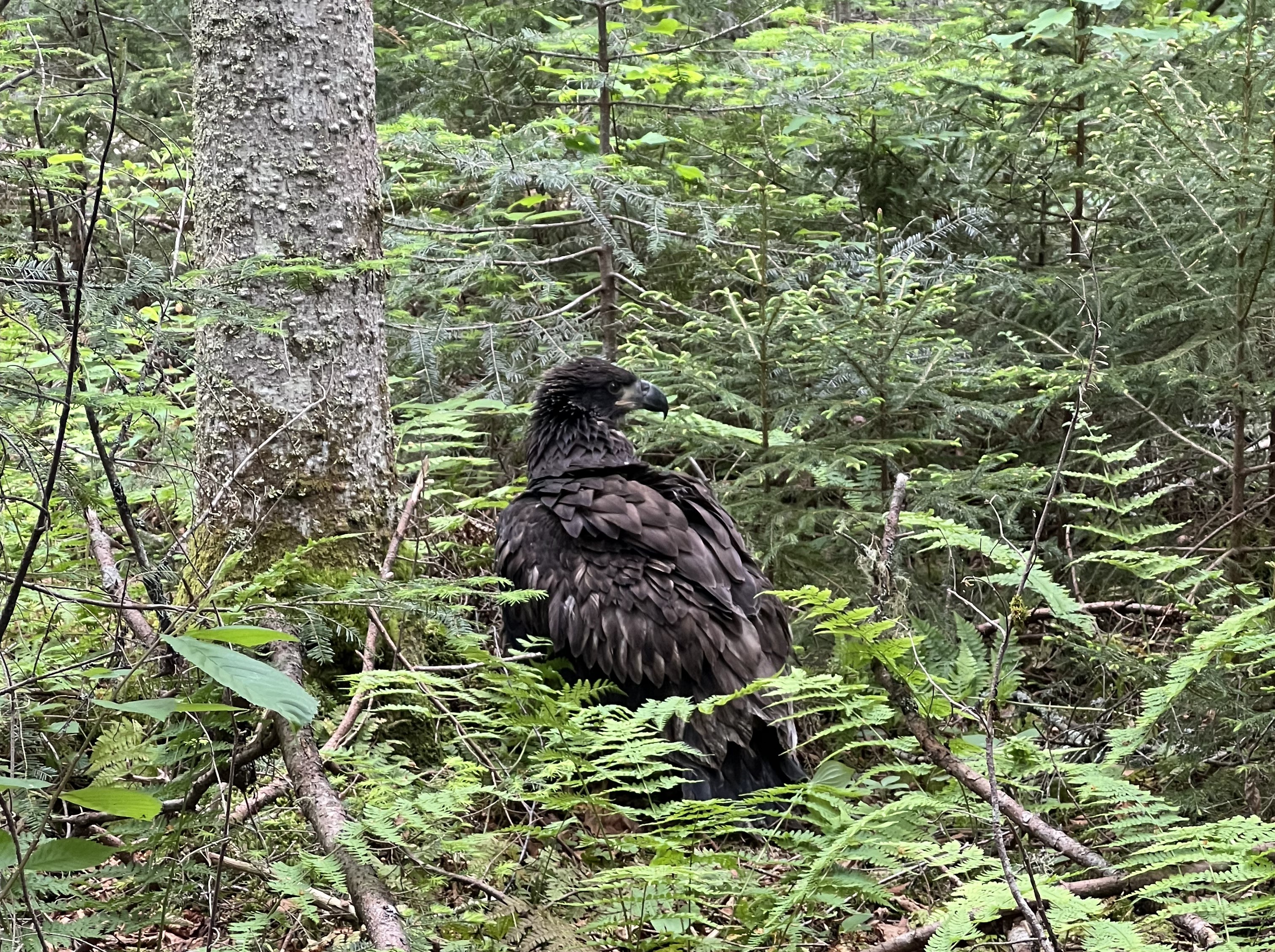
(by Chris Martin) On June 15, responding to a public report, NH Fish & Game conservation officer Austin Valladares picked up a young Bald Eagle on The Falls in the
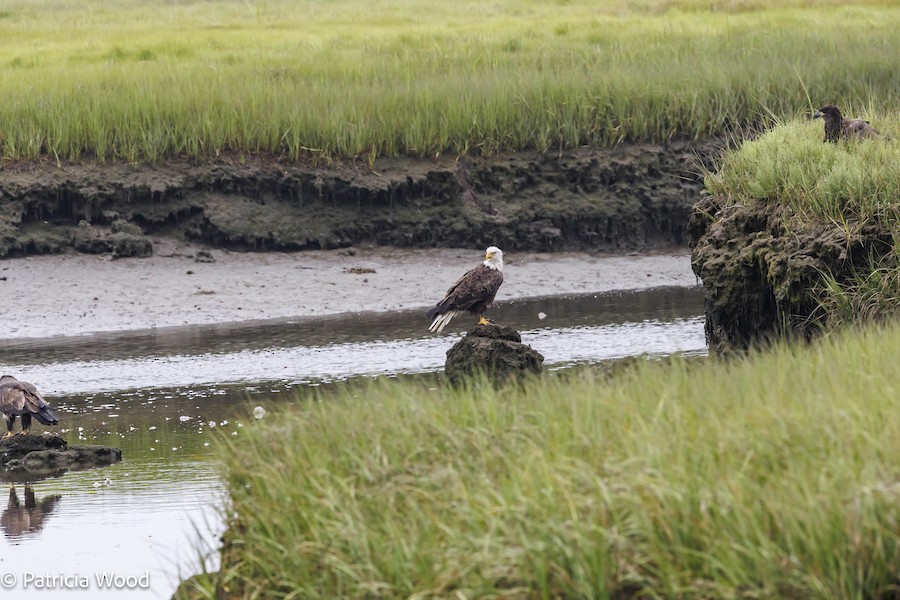
(by Chris Martin) The 2024 New Hampshire Bald Eagle nesting season was hit by two major snow events (March 23 and April 5) that took place when eagle pairs were
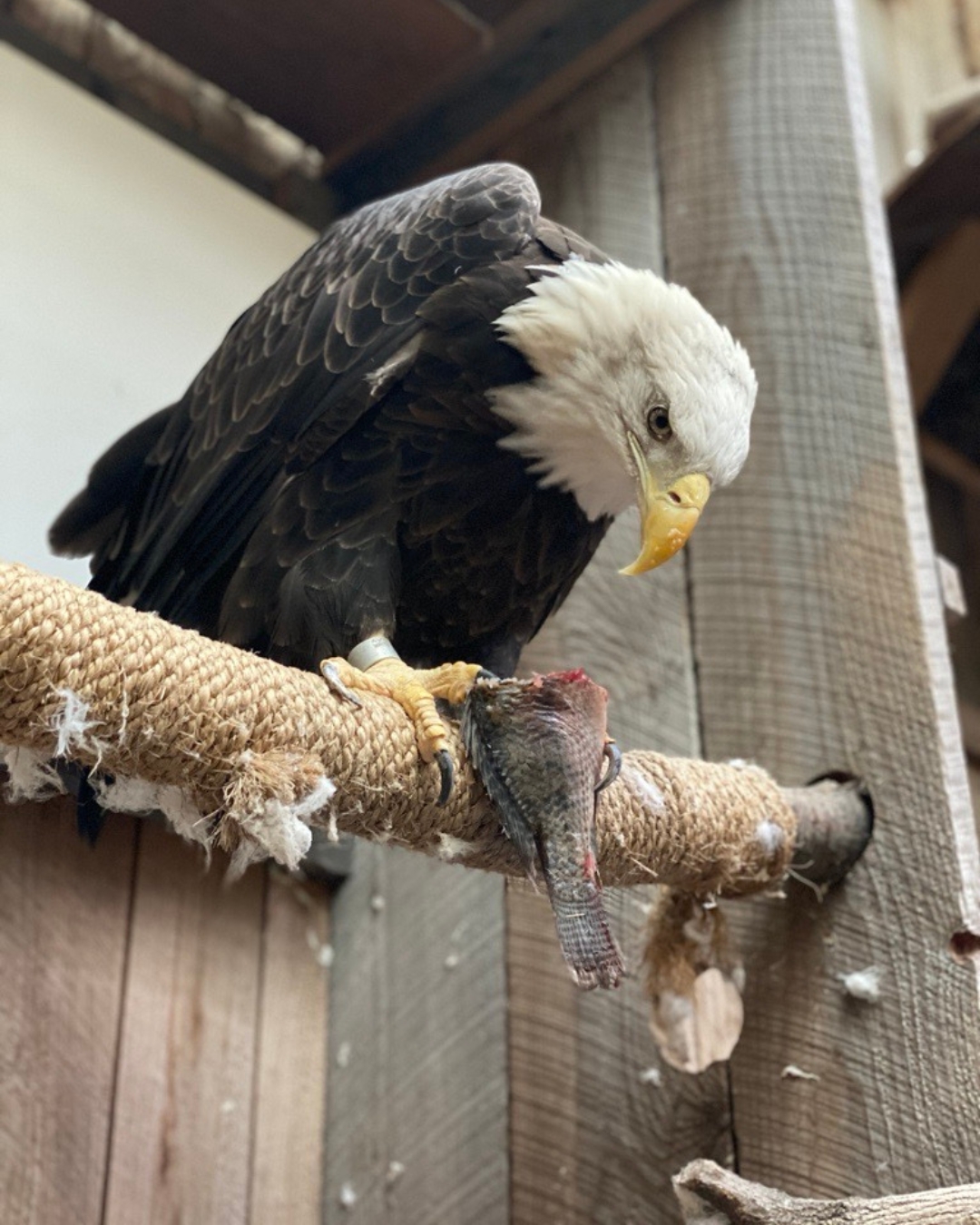
(by Shelby Morelli) It is with heavy hearts that we announce the passing of our cherished ambassador Bald Eagle. He was 36 years old and had been a vital part

Bald Eagle nests that managed to survive the two springtime snowstorms are hatching, and young eaglets are growing fast, as is evident in this photo by volunteer Chris Roberts from
Photo (circle): Breeding pair in Manchester NH, by Grace Preston.
Notifications